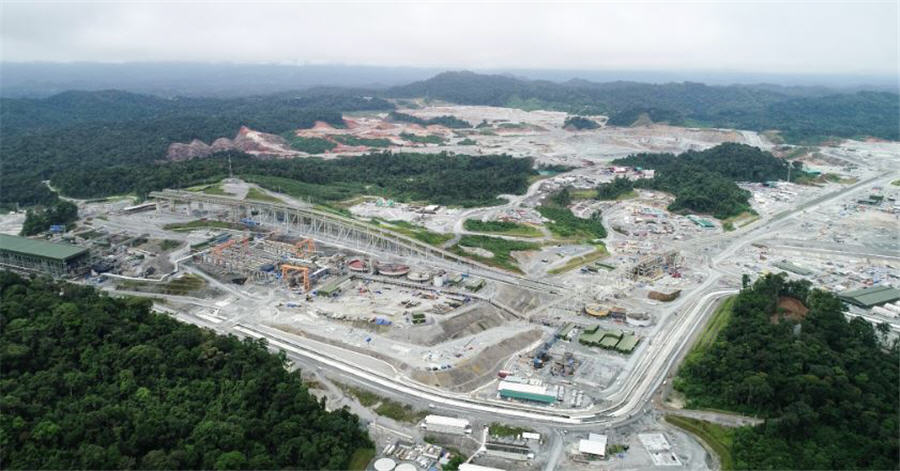
Panamanian President-elect Laurentino Cortizo said on Tuesday his government would review a mining contract awarded to a subsidiary of Canada’s First Quantum Minerals, casting a cloud of uncertainty around a key project for the firm.
While the new government values the security of contracts, “the company has to respect that we have the right as Panamanians to review clause by clause,” Cortizo, who takes office on July 1, told reporters.
A spokesman for First Quantum Minerals did not immediately respond to a request for comment.
The Toronto-based company owns 90 percent of Minera Panama, which was awarded the concession for the Cobre Panama project in 1997, according to First Quantum’s website.
The Cobre Panama project, which is expected to double output by 2022 after its on-going ramp-up is completed, is largely seen as a way for First Quantum to offset the risks the company faces in Zambia.
First Quantum’s shares have been hammered over the last few months after the government of Zambia, which accounts for about 80% of its non-Panamanian production, appointed a provisional liquidator for rival Vedanta Resources’ Konkola Copper Mines, stoking fears of resource nationalism in the highly indebted country.
But the Cobre Panama project has come under criticism in the Central American country. Cortizo’s remarks came days after the national assembly rejected a bill that sought to reaffirm Minera Panama’s contract, with legislators arguing that the royalties are too low and the issue should be decided by the incoming government.
Panama’s Ministry of Commerce and Industries has projected that the mine’s operations would boost the country’s growth in the coming years as more than 1,000 local suppliers provide services and products.
The ministry has also projected that the mine’s contribution to the nation’s gross domestic product will be 3% once it reaches stable production.
(By Elida Moreno, Nichola Saminather and Julia Love; Editing by Peter Cooney, Grant McCool and Leslie Adler)